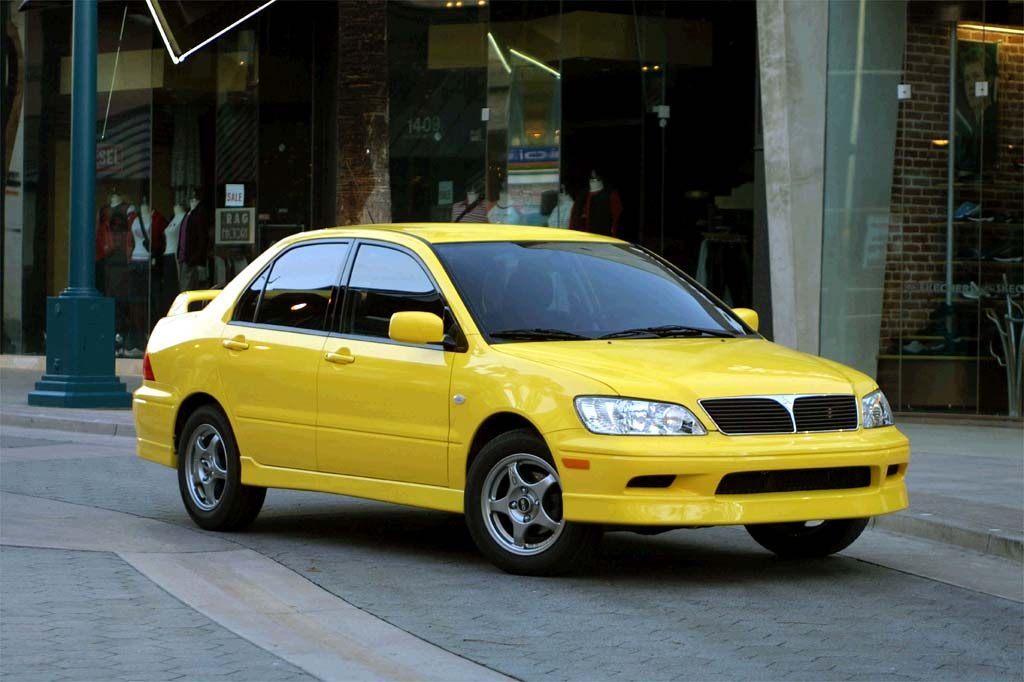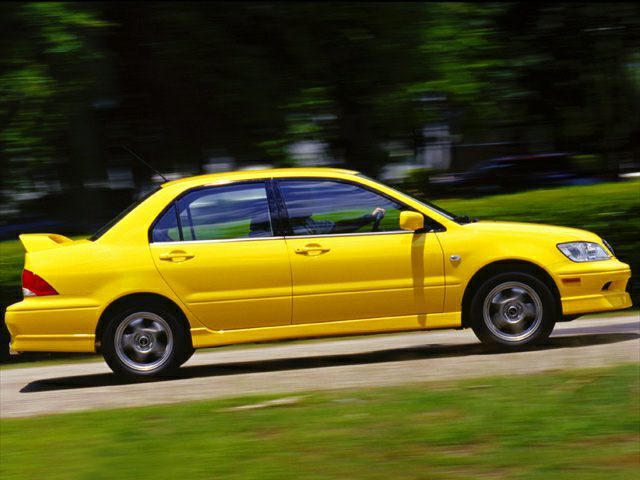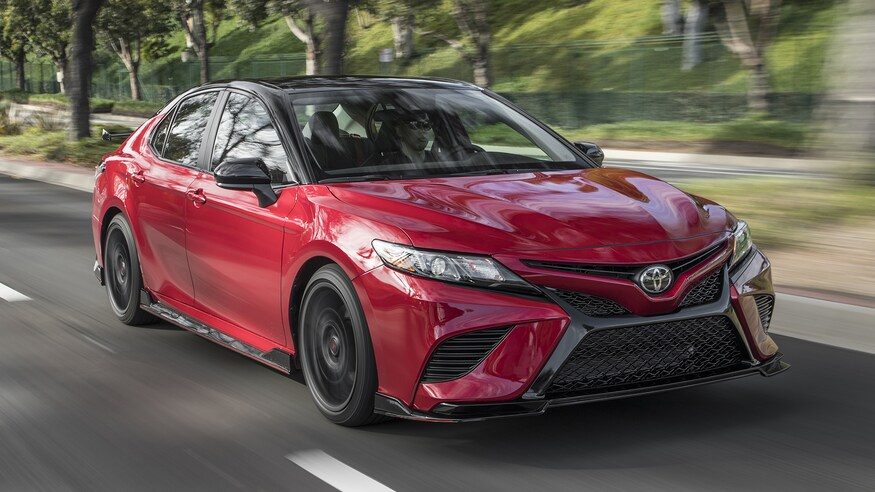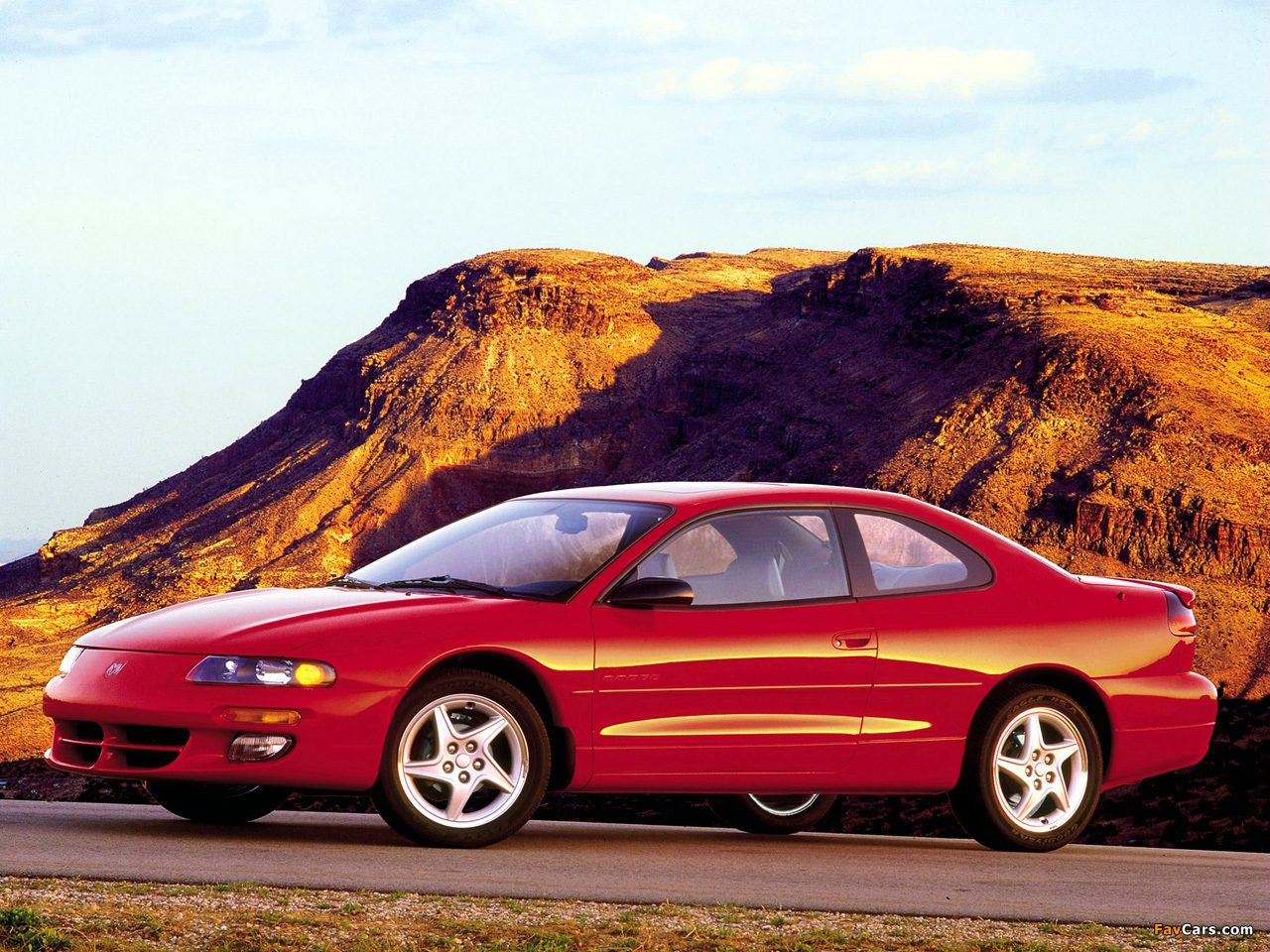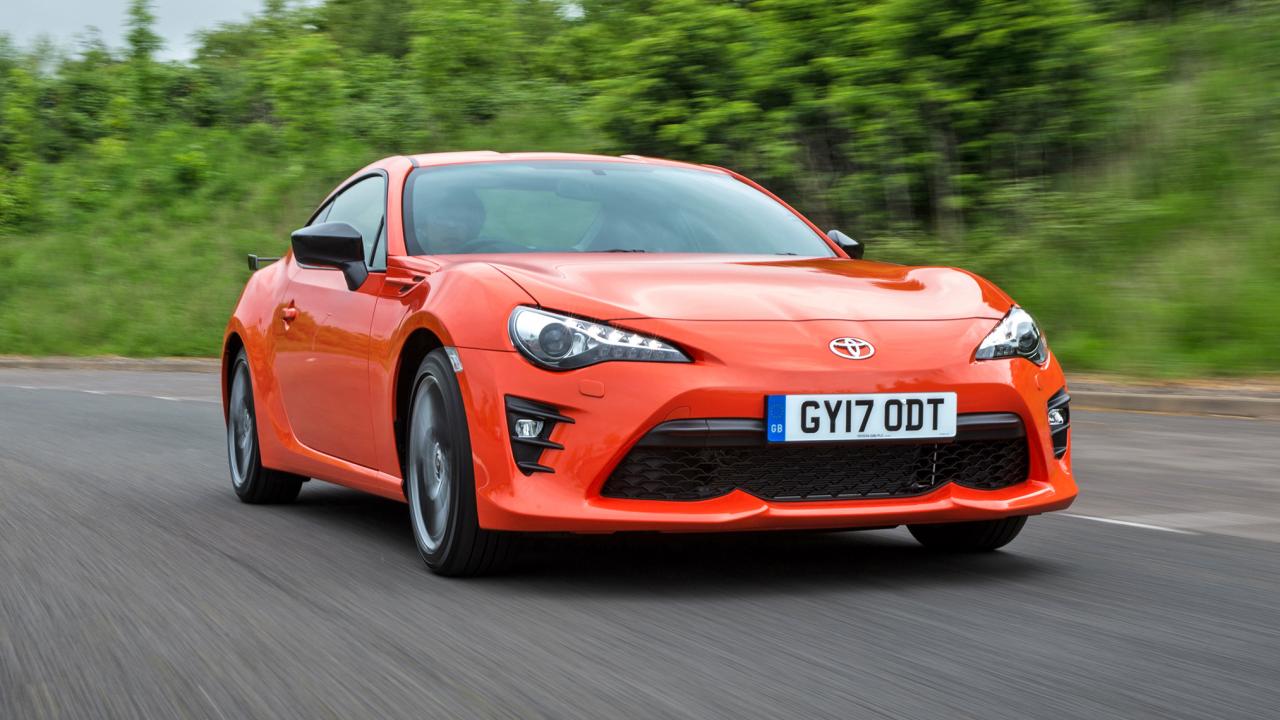I feel like this is missing the point, though. The 86/BRZ's niche is being a spartan, budget-friendly drivers car, and not meant to be particularly "fast". Given it's weight and size, 227hp and a 0-60 time of 6.0 isn't at all slow, though in a time where most other sports cars make significantly more power than that, I can understand why it may appear to be "slow". Buyers who want something quicker and more sophisticated would opt for the GR Supra or even the Lexus RCF.
The Avenger, on the other hand, could be seen as "underwhelming" in that it was a slower car than its predecessor (despite having sporty looks and advertised as a "sports coupe"), as well as being slower than the much smaller and less powerful Neon Coupe.
Just curious here, have you driven one? I've been trying to think of a way to describe the 86/BR-Z's shortfall in a better way. Slow is an inadequate description, IMO, because it's not actually that slow - or at least it's not slower than the likes of an NC MX-5 or a Civic Si (previous model) which are not as frequently maligned as being too slow. Like people
remark that MX-5s are slow, but it doesn't feel like a complaint in the way it does when attributed to the 86. What I mean by this is that you can drive an MX-5 and think, "this is a slow car", but when you drive a GT86 you think "this is a
too slow car." The implication here is that there is nothing wrong with the MX-5's relative slowness whereas there
is something wrong with the GT86's slowness.
The 86 feels
burdened. My 2.5 Boxster has an almost identical power to weight ratio to the first gen 86 and they probably provide similar levels of acceleration in absolute terms. But the H6 in the Boxster provides useful levels of torque from 2500rpm and it keeps building in a linear fashion all the way to the ~7,000rpm redline, there are no holes. It's not a fast car, but the engine is satisfying. You nail the throttle anywhere between that 2500-7000rpm range and you will get a predictable response that builds in a sporting fashion. The 86 isn't like that. If you nail the throttle in the mid range, it feels like there's nothing there - it eventually builds, but sounds kind of harsh when it does. The car works pretty well on a track because you aren't typically using the lower reaches of the rev range, but on the street the car just feels insufficient. Again, it's not that it's slow, it's that its powerband is totally unsatisfying. I've driven slower cars that feel more satisfying. I honestly feel like the engine in the first gen 86 was less satisfying to use than the 1.5, 100hp engine in my old Mazda2. An NA MX-5 is
way slower than an 86, but it's powerband feels appropriate for its chassis, particularly in 1.8 form.

